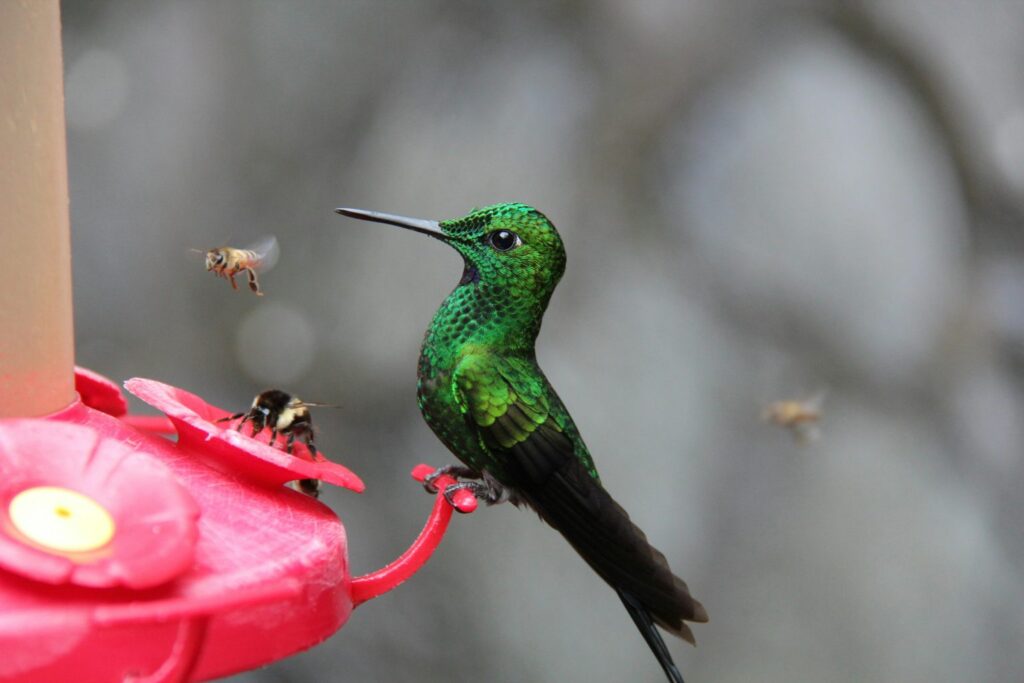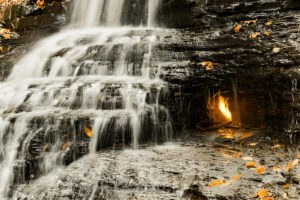
Hummingbirds are among nature’s most fascinating creatures, admired for their dazzling colors, rapid wingbeats, and playful energy. Attracting them to your garden can be a rewarding experience, and one of the best ways to do so is by offering the right hummingbird feeders. From traditional glass bottles to handcrafted designs, the options available are as diverse as the birds themselves. This guide explores the different types of unique hummingbird feeders, how to choose the right one, and tips to maintain a safe and inviting space for these tiny visitors.
Why Hummingbird Feeders Matter
Hummingbird feeders are more than just decorative pieces in your yard; they serve as an essential food source for these energetic birds. While hummingbirds feed naturally on nectar from flowers, feeders provide a reliable supplement, especially in urban or suburban areas where floral resources may be limited.
Feeders also make it easier for bird enthusiasts to enjoy close-up encounters with hummingbirds, offering opportunities to observe their fascinating behavior. Choosing unique hummingbird feeders can enhance not only the aesthetic appeal of your outdoor space but also the quality of care you provide to these delicate birds.
Different Types of Hummingbird Feeders
When shopping for feeders, you’ll find a wide variety of styles. Each type has its benefits depending on your goals, location, and personal preferences.
Classic Bottle Feeders
The traditional bottle feeder is often made of glass or plastic, featuring a central reservoir and feeding ports at the base. These are widely available and easy to clean, making them a popular choice among bird lovers.
Dish or Saucer Feeders
Dish feeders use a shallow basin to hold nectar. They are typically easier to clean than bottle-style feeders and are less prone to leaks. Many designs also include built-in ant moats, which help prevent pests from invading the nectar.
Unique Hummingbird Feeders
For those who want to go beyond the basics, unique hummingbird feeders are available in artistic, innovative, and eco-friendly designs. Some are handcrafted from recycled materials, while others mimic natural flowers or feature blown glass artistry. Not only do these feeders attract birds, but they also serve as striking garden ornaments.
Choosing the Right Hummingbird Feeder
Selecting the ideal feeder requires balancing beauty, functionality, and ease of maintenance. Consider these factors when shopping:
- Capacity: Smaller feeders are better if you don’t have many hummingbirds, as nectar should be replaced every few days to stay fresh.
- Ease of Cleaning: Look for feeders that can be taken apart easily. Bacteria and mold can harm hummingbirds, so cleanliness is critical.
- Pest Prevention: Some feeders include bee guards and ant moats to minimize unwanted visitors.
- Durability: High-quality materials like glass and metal typically last longer than plastic.
Opting for unique hummingbird feeders allows you to combine function with creativity, giving your garden a personalized touch while providing safe nourishment for your feathered guests.
How to Maintain Hummingbird Feeders
A clean feeder is a healthy feeder. To keep your hummingbirds safe:
Cleaning Routine
Wash feeders with hot water and a mild brush every 2–3 days in hot weather and at least once a week in cooler conditions. Avoid using soap residues or harsh chemicals that may harm the birds.
Nectar Preparation
Homemade nectar is simple to prepare—combine four parts water with one part white sugar. Do not use honey, brown sugar, or artificial sweeteners, as these can be harmful to hummingbirds.
Placement Tips
Hang feeders in shaded areas to slow down nectar spoilage. Placing multiple hummingbird feeders around your yard reduces competition and creates more feeding opportunities.
Final Thoughts
Adding hummingbird feeders to your outdoor space is one of the most enjoyable ways to connect with nature. From traditional models to unique hummingbird feeders, each option brings its own charm and benefits. With the right feeder, proper care, and thoughtful placement, you’ll create a welcoming haven that keeps hummingbirds returning year after year.
FAQs
Q1: How often should I change the nectar in hummingbird feeders?
A: In warm weather, change it every 2–3 days. In cooler weather, once a week is usually enough.
Q2: What type of sugar should I use for homemade nectar?
A: Always use plain white sugar. Other sweeteners can be harmful to hummingbirds.
Q3: Do hummingbird feeders attract bees or ants?
A: Yes, but many feeders include bee guards or ant moats to help keep pests away.
Q4: Can I use red dye in hummingbird feeders?
A: No, red dye is unnecessary and may harm birds. Most feeders already have red parts to attract them.
Q5: Are unique hummingbird feeders practical or just decorative?
A: Many unique hummingbird feeders are both functional and stylish, combining artistry with safe, effective feeding features.


